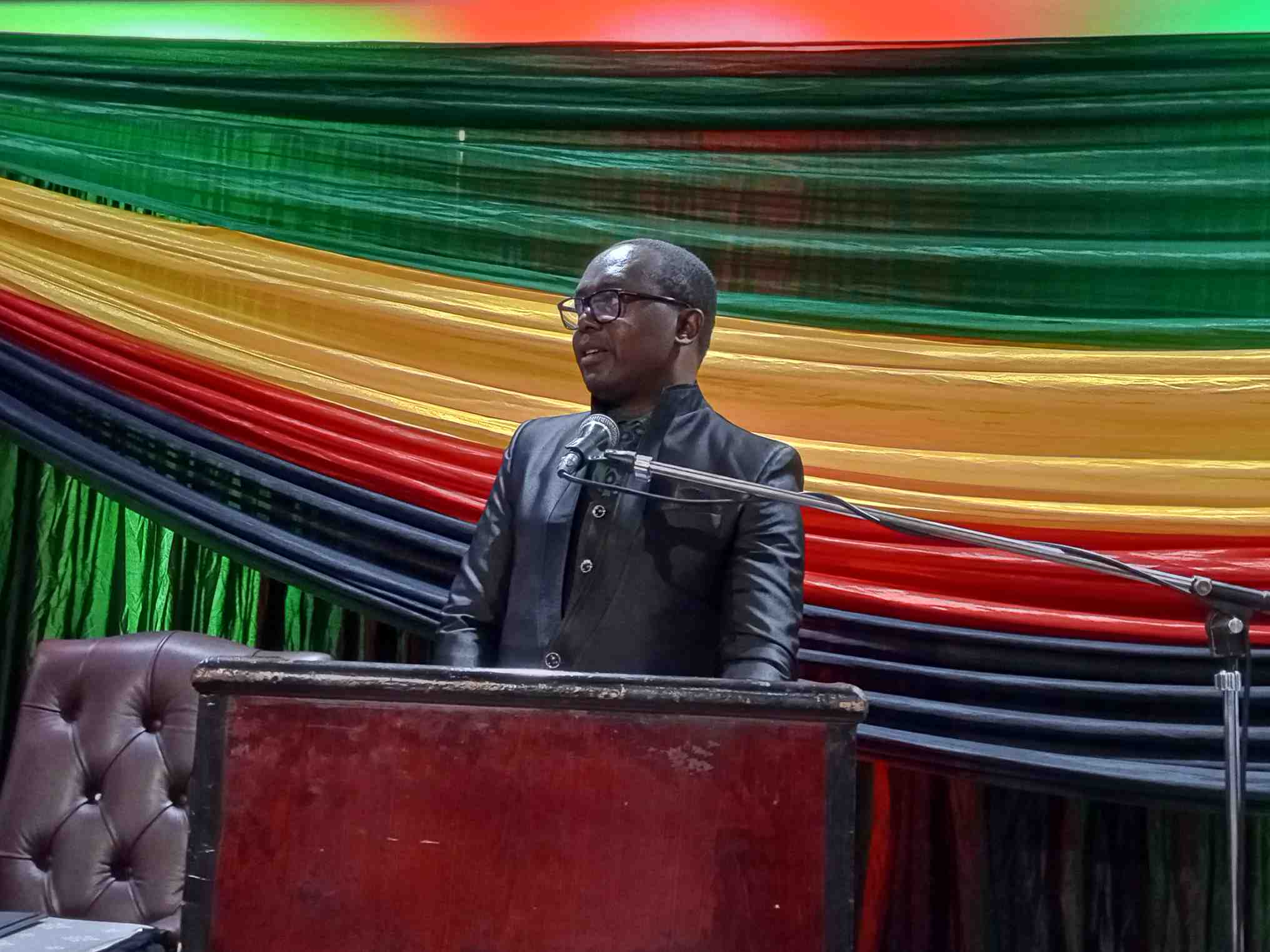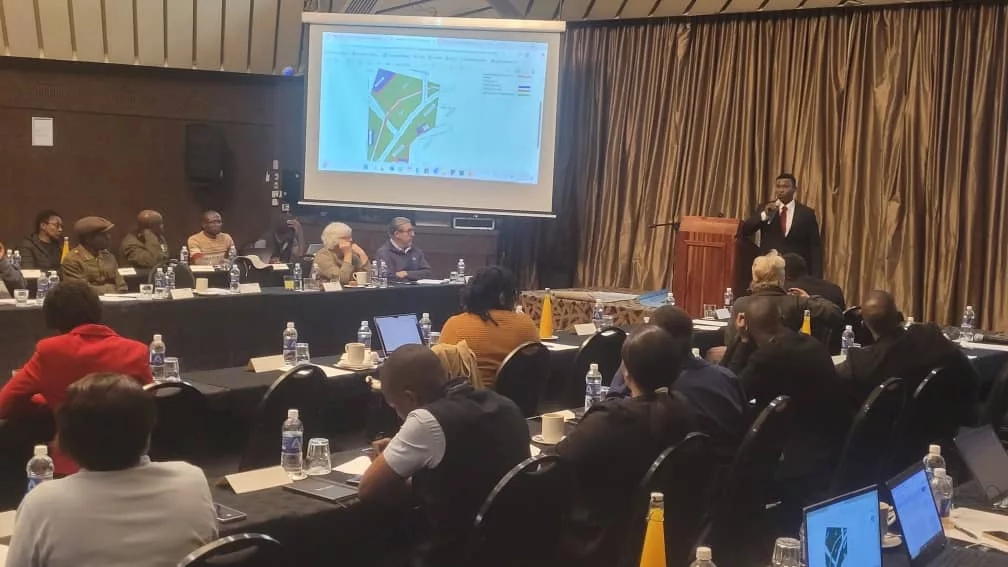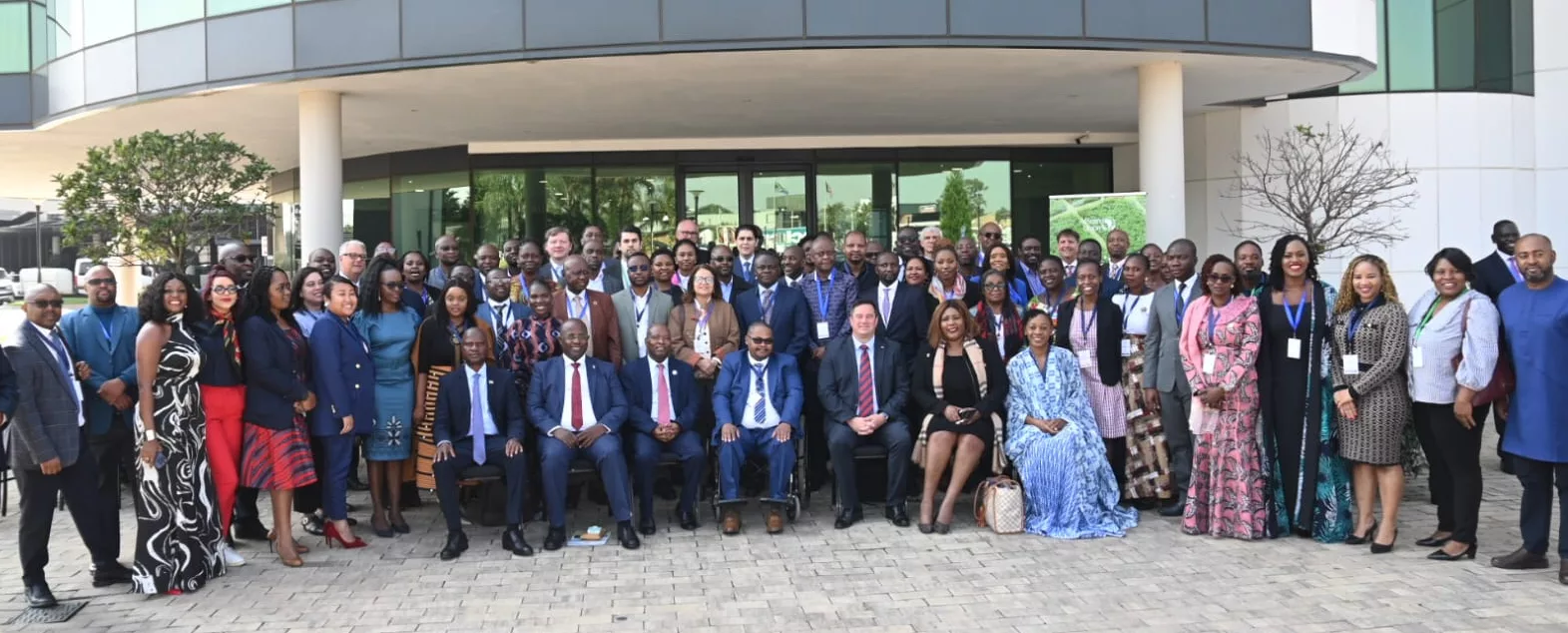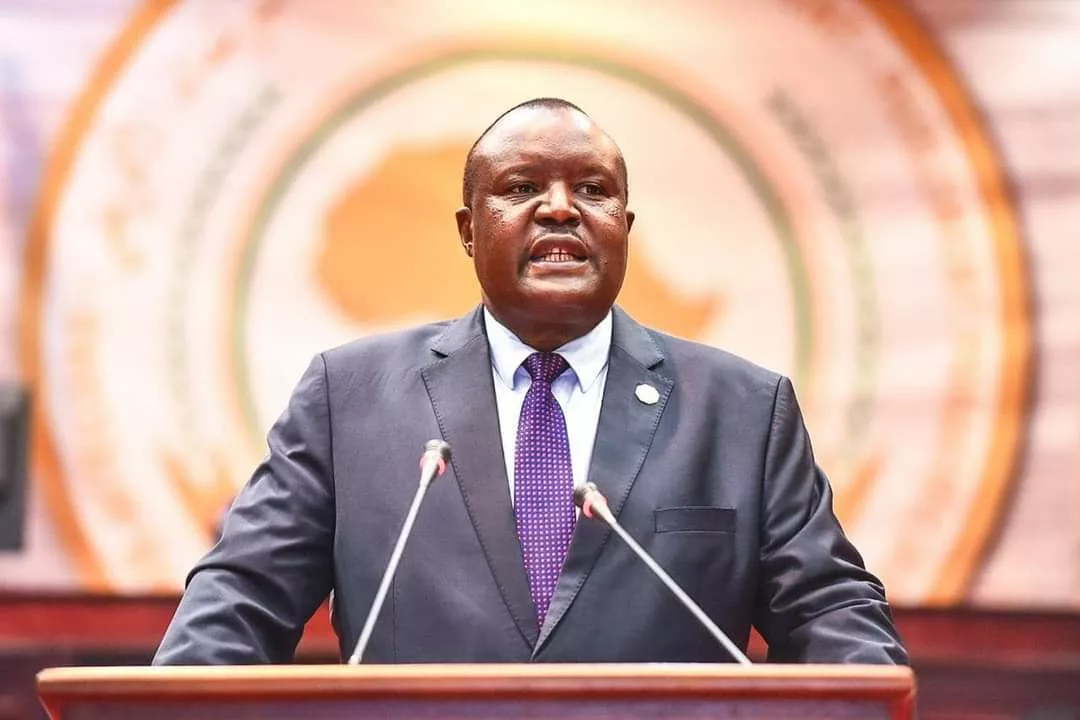|
Getting your Trinity Audio player ready...
|
The Mines and Minerals Amendment Bill currently being debated is intended to reform the mining laws in the country and comes with joy among stakeholders since the process has been envisaged with minimum success and over a long period with attempts to amend the Bill in 2007 and 2018.
Addressing delegates at the Key Stakeholder Consultative Meeting on the Mines and Minerals Amendment Bill for the Portfolio Committee on Mines and Mining Development in Harare today, Hon. Edmond Mkaratigwa, the Chairperson of the Parliamentary Committee on Mines and Mining Development said Parliament has been waiting for this moment in response to different calls from the general Zimbabwean citizenry.
He applauded the Speaker of the National Assembly Hon. Adv. J. F. Mudenda, for the sterling work and effort he put towards ensuring that the Bill is finally ready and with Parliament.
“As the Chairperson of the Portfolio Committee, I was constantly under pressure to deliver on this Bill and today I am glad that the Bill is finally with us. This is a positive step and we do not have much time but we have to work and meet our set timelines and deliver in line with the legislative agenda for this Parliament and this Parliamentary Session.,” Hon Mukaratigwa said.
The Bill seeks to repeal the existing parent mining law adapting to over a decade of new national and international developments and challenges affecting the sector and its linkages throughout the value chain. Critical issues already provided in the Bill revolve around the: –
- Recognition of Artisanal and Small-Scale miners,
- The farmer-miner disputes;
- Environmental, Health and Safety Issues;
- Transparency in the licensing regime of mining titles;
- Recognition of Provincial Mining Directors;
- Devolution of the Mining Sector administration royalty;
- Equality and equity of mining fees across provinces and local authorities;
- Corporate Social Responsibility and the need for social and environmental protection and;
- Installation and operationalization of Computerized Cadastre System among others.
These are among many other issues of concern to citizens and there is a need to ensure that the issues are well articulated when the process is completed.
As it stands, the Mines and Minerals Act has stood as the principal law governing the mining industry. This law anchors other decisions around other mining laws such as the Gold Trade Act and the Precious Stones Trade Act.
Subsequent amendments to these laws are therefore put on hold awaiting this Bill to be disposed of. Effectively, it becomes very imperative for making a law that will have a positive impact on the current generation as well posterity.
The mining sector is currently the anchor of the economy and it is already contributing around 70 percent of the country’s export receipts in addition to around 8 percent of the total GDP. Foreign currency generated from the mining sector has been vital in supporting several Budget Votes inclusive of those for health, education, and other social services and goods which are part of the budget.
There are over 45 000 formal jobs in the mining industry and approximately 500 000 people are employed directly as artisanal and small-scale miners. Several towns in Zimbabwe have emerged as a result of mining and vivid examples are Kwekwe, Shurugwi, Mhangura, and Zvishavane among others.
Zimbabwe is endowed with over 40 different types of minerals. Under schedule 2 of the Mines Bill, 9 minerals have been explicitly identified as strategic. These include diamonds, rare earth minerals, lithium, copper, nuclear energy source materials such as uranium; mineral oils, gaseous hydrocarbons, coal, and nickel. Nonetheless, gold, chrome, iron, and the platinum group metals have been excluded from the list of strategic minerals yet they have such a magnanimous impact on the economy and social well-being of our people.
Under the USD12 billion policy for the mining sector, gold is ranked number one in terms of its overall contribution with the set share being USD4 billion. This is followed by the platinum group of metals (PGMS) targeted to contribute USD 3 billion. A target of one billion was set for Chrome/iron/steel. So, these minerals alone are expected to contribute a total of USD8 billion out of the 2023 USD12 billion target.
“It surprises me that the minerals are not part of those classified among the strategic minerals. I appreciate that lithium has been identified as a strategic mineral. As you all know, climate change is upon us and the world is fast moving towards cleaner energy sources whose technologies include the use of electric cars powered by lithium batteries. Zimbabwe is in the world’s top ten in terms of its lithium resource endowment so we definitely have to guard jealously this God-given precious opportunity presented in this resource.
“In the same vein, in December 2022, the Committee on Mines visited the Iron and Steel Company in Manhize and no doubt the project is going to be a game changer to the Zimbabwean economy and those of the fraternal SADC regional countries in the next few years. I hope to get an explanation from the drafters as to why these minerals have been excluded yet they play such a key role in the development of our country,” Hon Mukaratigwa said
The Bill sets out conditions for investors who seek to exploit strategic minerals. Part of the conditions is that the State and affected communities should have a defined interest or stake in the exploitation of these minerals. This is clearly set out in Clause 6(4)(b) of the Bill and this resonates well with section 13 (4) of the Constitution which says: “The State must ensure that local communities benefit from the resources in their areas”. On the same note, the Ministry of Mines officials are excluded from mining, a development that broods corruption in the sector.
“I advance that these be included in mining but they should declare their interests as is the case with other Government Departments such as that of Agriculture. Indeed, the drafters of the Bill must be commended for giving effect to section 13(4) of the Constitution although this meeting must make sure that the extent of these benefits is implementable so as to reduce natural resource-related grievances among our communities where mining is taking place.
“We have throughout this Parliament grappled with demands for communities to derive meaningful benefits from resources being extracted from their communities. Let us take this opportunity seriously and also reflect deeply. Zimbabwe should learn fast, from the experiences of its neighbors such as Mozambique with regard to the natural resource curse and its implications to sustained national defence and security as the anchor for sustainable development.”
The non-recognition of the small-scale miners is also contentious. The Bill, under the Interpretation section, makes an attempt to recognize and define small-scale miners who should be a:
“Zimbabwean citizen or permanent resident who –
- Is the holder of one registered mining location of not more than forty (40) hectares in extent, or of two or more registered mining locations which in aggregate do not exceed forty (40) hectares in extent; and
- Does not, on his or her registered mining location or any of his or her registered mining locations, as the case may be –
- Employ at any time more than fifty (50) persons (including contractors) for periods (whether continuous or not) exceeding six months in a year, and
- Does not produce more than 1200 tons of ore a year”
Artisanal and small-scale miners have been making significant economic contributions, particularly in the gold sector where at times they have surpassed large-scale producers in terms of output.
The farmer-miner relationship is also important. The Bill makes an endeavor to identify the different types of land and ownership titles found in Zimbabwe, such as agricultural land, private land, communal land, State land, gazetted land, townland, offer letter, 99-year lease, and so on.
Farmer-miner conflicts have often been emotive and in the majority of cases, the miner has had the upper hand because he or she used threatening language and were name-dropping heavy political figures so that the farmer had to give in.
Furthermore, the Mines and Minerals Act for one reason or another was not in harmony with other laws, particularly on land use. It is hoped that this current bill will try to balance the interests of the miner with all other land users that include those in communal areas, on urban lands, or newly resettled areas among others.
There are expectations for the Mining Cadastre Registry to be finalized by the time this Bill is assented into law by President Mnangagwa. Conflict Management is very important to miners and citizens in general.
Section 19(4) of the Bill touches on beneficial ownership. Every owner of a mining right or their proxy must declare their details of ownership of a mining right. This is very important for safeguarding the country from dubious investors. On several occasions the Speaker of Parliament Hon Adv. J. F. Mudenda has passionately spoken against the dubious investors that came to Kamativi mine to the extent that Kamativi mine has remained redundant and a ghost town.
Against the same backdrop, there have been so many concerns raised by communities about some of the investors who come into their areas. Communities have been unable to engage or to hold them accountable for environmental degradation, pollution, and corporate social responsibility among other challenges.
Corporate social responsibility will go a long way in promoting transparency in the awarding of licenses in the mining sector. This provision also resonates well with the Companies and Other Business Entities Act (COBE), which promotes the registration and transparency of all investors in the country.
On the environment and safety in the mining sector, Section 73 of the Constitution says:
“Every person has the right –
(a) to an environment that is not harmful to their health or well-being; and
(b) to have the environment protected for the benefit of present and future generations, through reasonable legislative and other measures…
Part 15 of the Bill is dedicated to the establishment of a Provincial Environmental, Rehabilitation, and Occupational Health and Safety Trust Fund, which seeks to protect the environment and promote safety in the mining sector. It is very sad to note that a lot of land and rivers in Zimbabwe have been destroyed because of mining operations.






